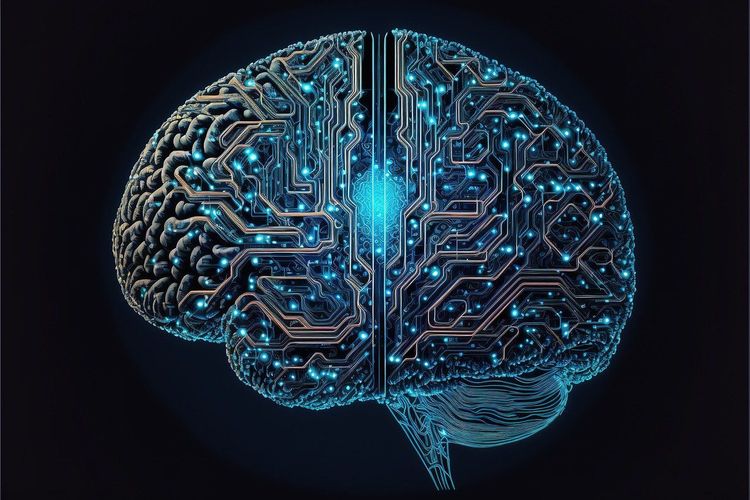IBM is harnessing the power of the human brain to innovate its AI hardware design, recently introducing the NorthPole chip. This advanced chip demonstrates superior latency and energy efficiency compared to conventional GPUs, showcasing significant advancements in the field of artificial intelligence.
The NorthPole chip operates on a 12-nanometer architecture specifically optimized for neural inference tasks, including image classification and object detection. According to recent research published in *Science*, NorthPole achieves an impressive 25 times greater energy efficiency and boasts 22 times lower latency than a comparable GPU on the ResNet50 benchmark. Comprising 22 billion transistors and ample on-chip memory, NorthPole can perform calculations directly on the chip, significantly reducing the need to access external memory and enhancing overall speed and efficiency.
A key innovation of the NorthPole chip is its self-contained nature—similar to the human brain. As articulated in IBM's communications, “the memory for the device is entirely on the chip itself, rather than connected separately.” This design eliminates the need for constant data transfers between memory and processing units, effectively sidestepping the von Neumann bottleneck that often hampers performance.
“The NorthPole chip is essentially an entire network on a single chip,” explained Dharmendra Modha, IBM’s chief scientist for brain-inspired computing and the leading developer of this technology. Remarkably, NorthPole is capable of outperforming even chips manufactured using more cutting-edge processes, such as 4-nanometer GPUs.
### Pushing the Limits of Technology
While IBM envisions iterating on NorthPole, including experimenting with 2-nanometer nodes—an advance over the current state-of-the-art 3-nanometer CPUs—this new chip does have limitations. Notably, it lacks access to external memory, which means it cannot run more extensive neural networks directly. Instead, it addresses this challenge by dividing larger networks into smaller components, connecting these “sub-networks” across multiple NorthPole chips. Modha refers to this technique as a “scale-out,” allowing for efficient processing.
“We can’t run GPT-4 on this chip, but it is more than capable of serving many enterprise-level models,” Modha stated. NorthPole is designated specifically for inferencing tasks, making it a promising candidate for edge applications that require the real-time processing of substantial data volumes—particularly relevant in domains like autonomous vehicle technology.
### Brain-Inspired Design
NorthPole's architecture is inspired by the structure and function of the human brain. Its networks-on-chip (NoCs) facilitate communication between processing cores, further enhancing computation and memory distribution. IBM researchers analogize these pathways to the brain's white-matter and gray-matter connections, which enable efficient data flow within neural circuits.
Moreover, NorthPole aims to emulate the precision of brain synapses by utilizing a lower bit precision of two to four bits, in contrast to the eight to sixteen bits employed by traditional GPUs. This strategic choice substantially decreases both memory and power requirements, contributing to the chip's efficiency.
### Future Prospects
IBM is still in the early phases of exploring the full potential of the NorthPole chip, with research into various applications underway. Initially, the chip has predominantly been tested for computer vision tasks, aligned with funding received from the U.S. Department of Defense. Applications including detection, image segmentation, and video classification have been the focus of these efforts.
Additionally, NorthPole has been trialed in other areas, such as natural language processing and speech recognition. The development team is currently investigating opportunities to map decoder-only large language models onto NorthPole’s scale-out systems, opening new doors for leveraging this cutting-edge technology across various sectors.







